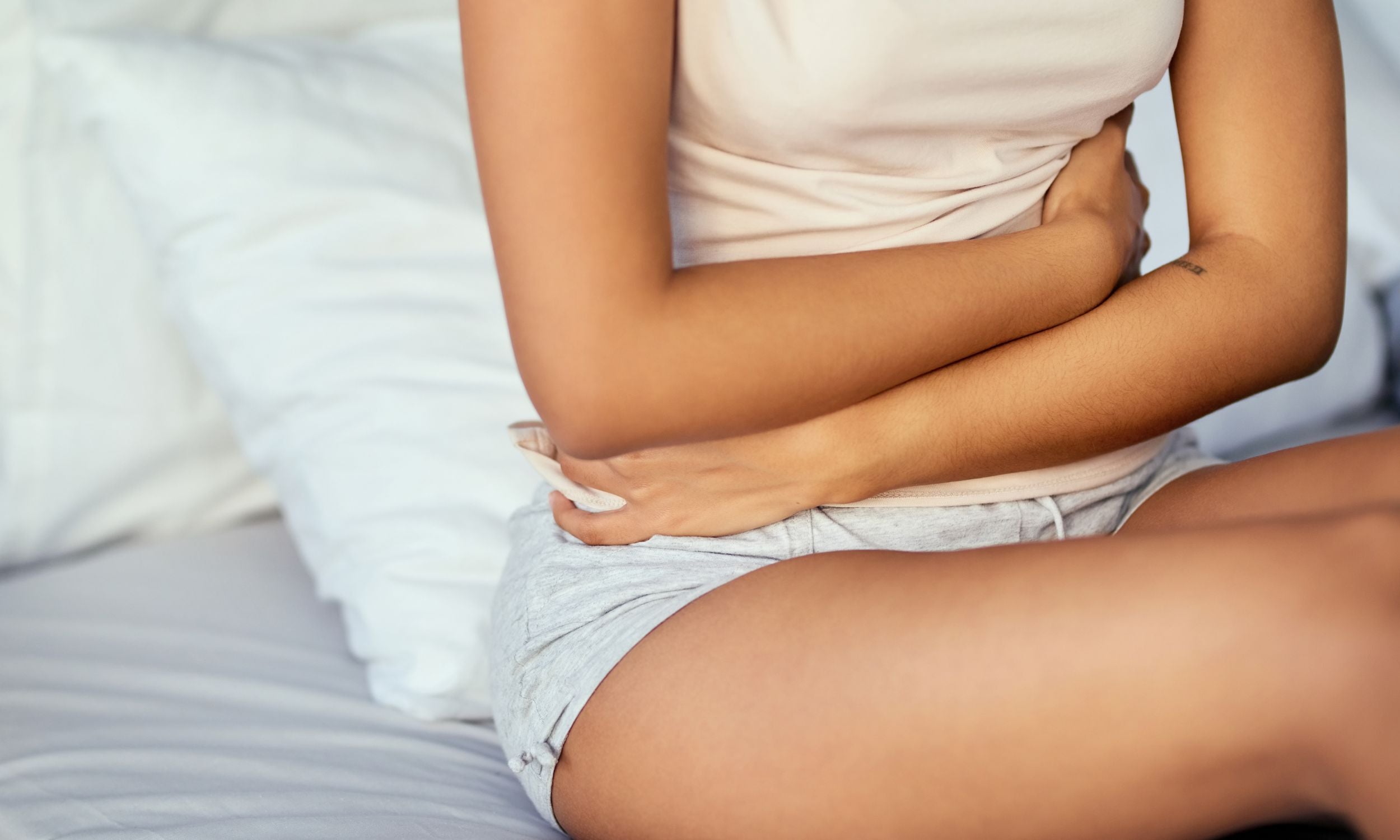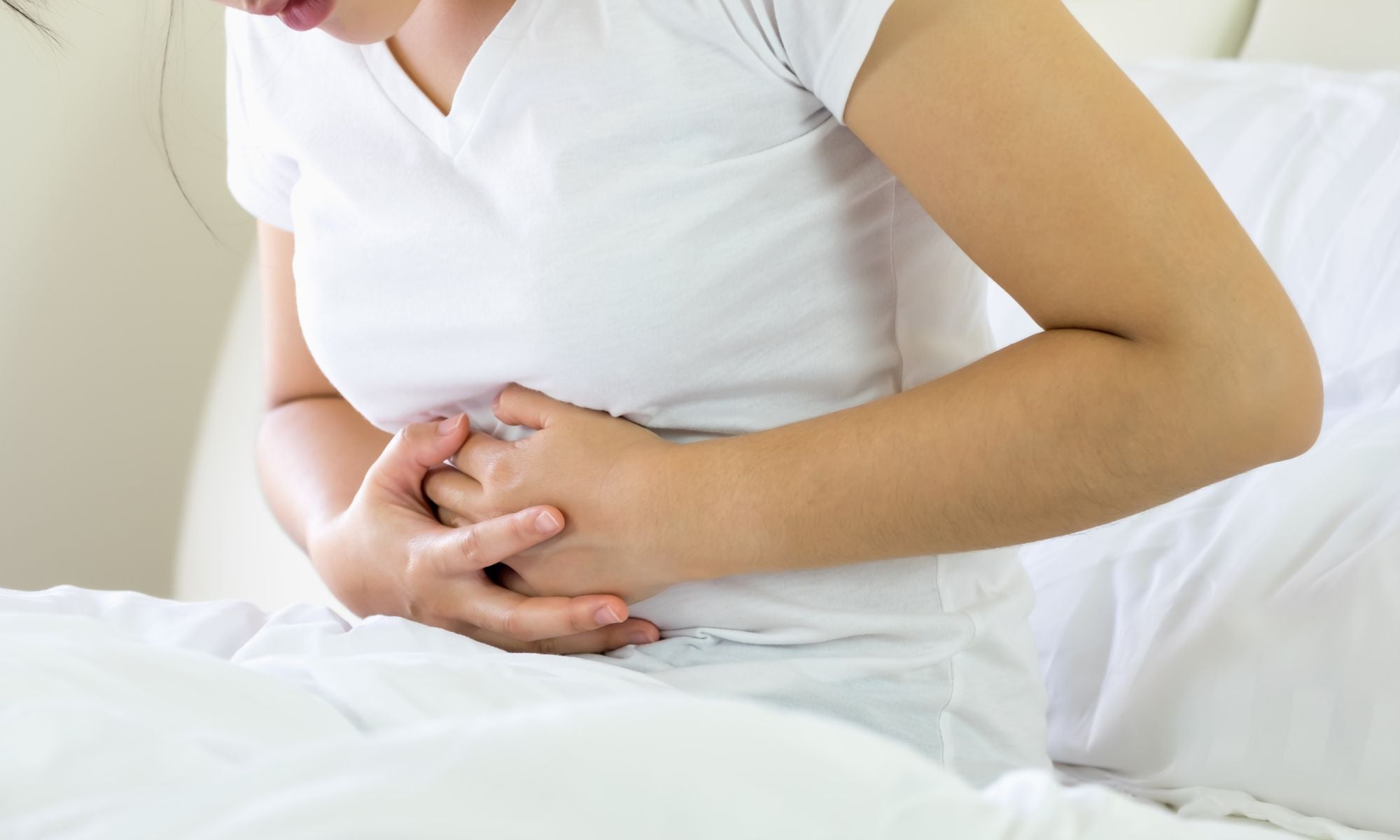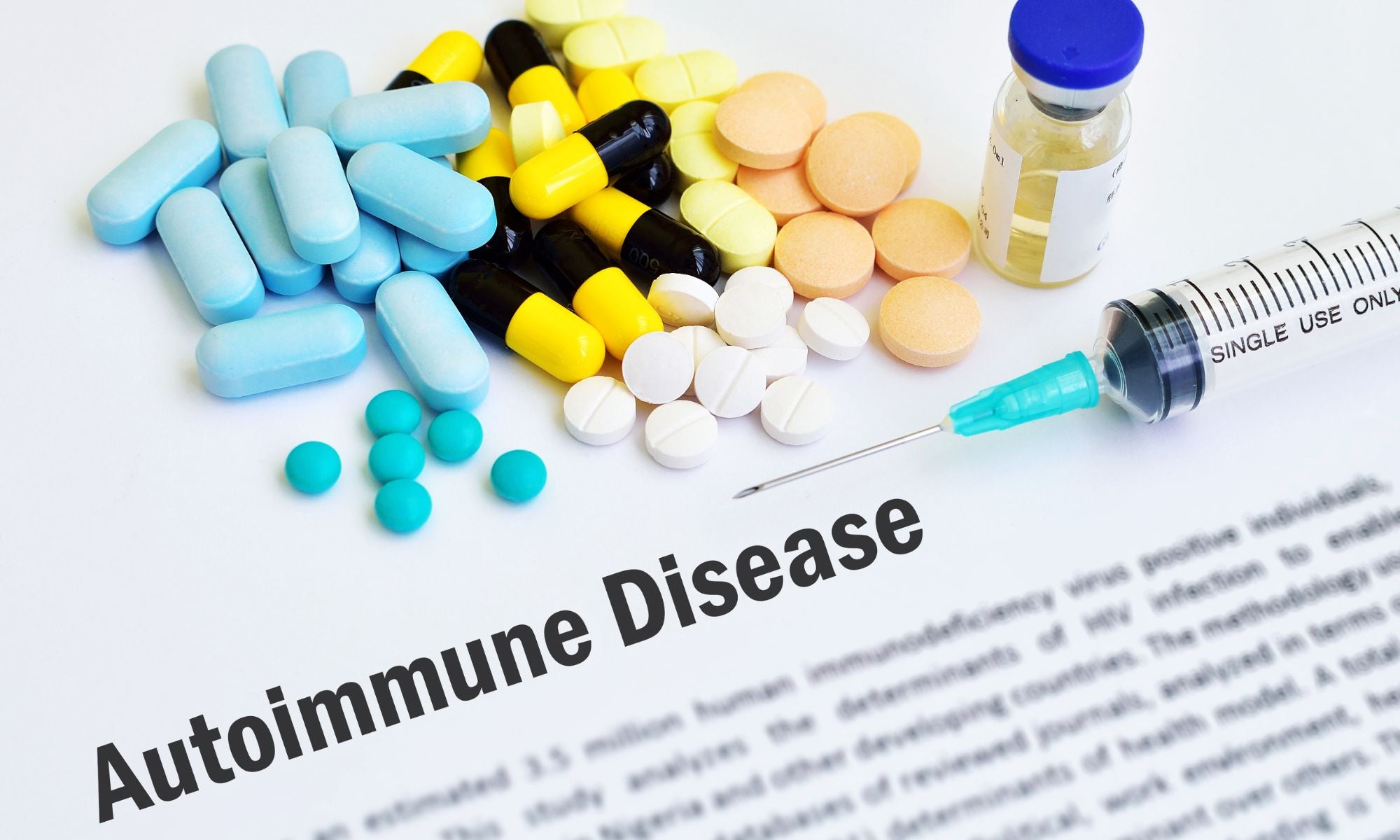
Does the Keto Diet Cause Constipation?
A ketogenic diet is a low-carbohydrate, high-fat eating plan that helps the body burn fat rather than glucose for energy—this type of diet forces the body to use ketones or fats as its primary fuel source. As a result, fat is used as energy instead of carbohydrates, allowing the body to burn fat more easily.
What Are the Benefits of a Keto Diet?
Keto diets help with weight loss because they make you feel full longer and reduce cravings for unhealthy foods by increasing satiety levels. They also help with diabetes management and can be an alternative therapy for people with epilepsy or Alzheimer's disease.
How Does the Keto Diet Work?
The keto diet typically involves eating a lot of fatty meats and non-starchy vegetables like spinach and mushrooms. You should also avoid foods high in sugar and starch, like bread and cereals.
If you're on the keto diet for weight loss, you may eat fewer than 20 grams of carbohydrates per day—which is pretty tough unless you're an experienced dieter. But if you stick with it long enough (and have enough willpower), you'll probably see some results.
Side Effects
Although the keto diet is effective for losing weight, some people experience unpleasant side effects when they start the diet.
Changing your body's electrolyte levels and carbohydrate levels can cause keto flu, the most common keto diet side effect. This can cause headaches, fatigue, and nausea, among other symptoms. Other side effects include constipation and bad breath due to dehydration or lack of saliva production.
Some people also experience difficulty sleeping during their first week on the keto diet because their bodies are adjusting to these new eating habits. In most cases, this will resolve itself within a few weeks, but speak with your doctor if you are still having trouble sleeping after two weeks.
Constipation is a common side effect of the keto diet. You may feel fuller for longer as a result of the diet's emphasis on fat and protein. You may feel fuller for longer as a result of the diet's emphasis on fat and protein. Also, removing carbohydrates from your diet and fiber-rich vegetables and fruits may cause constipation.
It's essential to keep an eye out for other signs of constipation, such as bloating or abdominal pain after eating. If you have any of these symptoms, talk to your doctor about how best to manage them while staying on track with your keto diet plans.

How To Treat Constipation While You Are on a Keto Diet
Since you are on a keto diet, you may have to deal with constipation at some point. Here is how to treat constipation while on a keto diet:
Drink plenty of water – Drinking lots of water will help flush out your system and keep it moving.
Add fiber-rich foods like broccoli, eggplant, cauliflower, carrots, and nuts – Adding more fiber will help to keep things moving through your digestive tract. It also helps to keep the bowels soft and easy to move.
Use an enema once every two weeks to empty your bowels – An enema is a good way of getting rid of any waste in your intestines that may be causing constipation.
How To Perform An Enema
An enema can help improve your digestion and regularity when you're on a keto diet. It is important to follow these steps when performing an enema at home:
- Purchase a high-quality enema kit online from Medisential.com.
- Prepare your enema solution: Put about 3 tablespoons of sea salt into the bowl with about 2 quarts of distilled water (this will make one batch of solution). Stir until the salt dissolves completely. Once dissolved, add about 2 tablespoons of olive oil or coconut oil for lubrication and mix well again. Pour the solution into the enema bag.
- Find a comfortable position to lie in. Use a towel or blanket under your knees to help with comfort and positioning.
- Insert the tip of the tube into your rectum, ensuring not to insert it too far. Use enough lubricant so that it slides in easily, but don't use too much so that the liquid comes out too quickly!
- Once inserted, slowly release the liquid from the bulb until you feel fullness in your rectum. Slowly remove the tube and hold for 10 seconds before releasing any remaining liquid back into the container (or toilet if using an enema bag). Repeat this step until all of the solution has been administered.
Conclusion:
In conclusion, the keto diet is a great way to lose weight. However, constipation can be a problem. The best way to avoid this problem is to increase your fiber intake and drink plenty of water.
The keto diet has improved many conditions, including diabetes and high blood pressure. It can also help you manage weight issues and reduce the risk of heart disease. The main thing you need to do is ensure that you are getting enough fiber and drinking enough water to avoid constipation.












